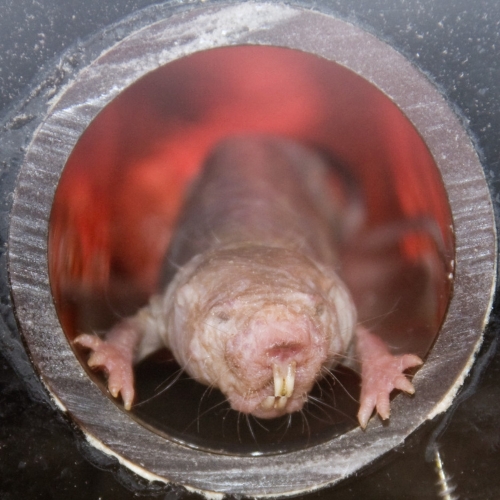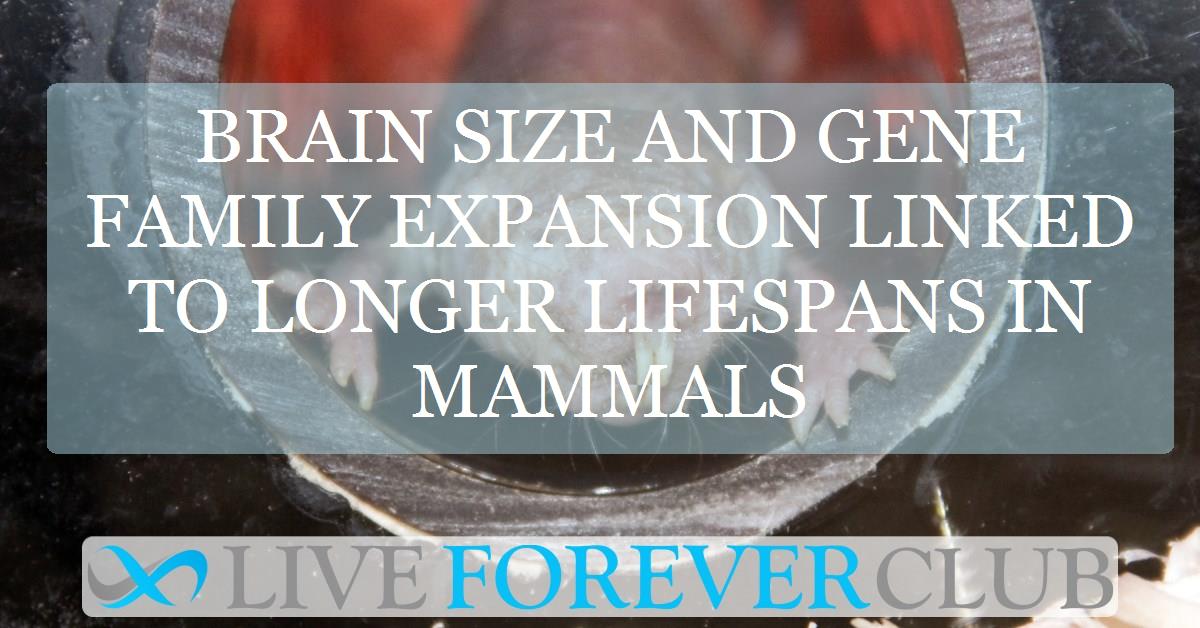Key points from article :
Researchers from the University of Bath studied 4,136 gene families across 46 mammalian species to explore what contributes to maximum lifespan potential—the longest age a species member can reach. They found that species with more gene family expansions tend to live longer, particularly when those genes are involved in DNA repair, immune function, and inflammation.
Only brain size, not body mass or reproductive timing, influenced this relationship. The study also showed that lifespan-associated genes in humans had more transcript diversity and higher expression, which may help cells respond flexibly to stress and damage. However, these genes did not strongly overlap with known ageing or longevity genes from previous studies, such as those affected by caloric restriction or anti-ageing drugs.
Instead, the genes often belonged to shared biological pathways like immune response and DNA repair. While the study does not confirm cause and effect, it highlights key molecular systems that may shape how long a species can live. The research offers new clues for understanding longevity by focusing on the combined action of gene families rather than individual genes.
It was carried out by a multi-institutional team using bioinformatics tools and published in Nature Ecology & Evolution, making a significant contribution to evolutionary biology and ageing science.
The study was published in the journal Scientific Reports.






